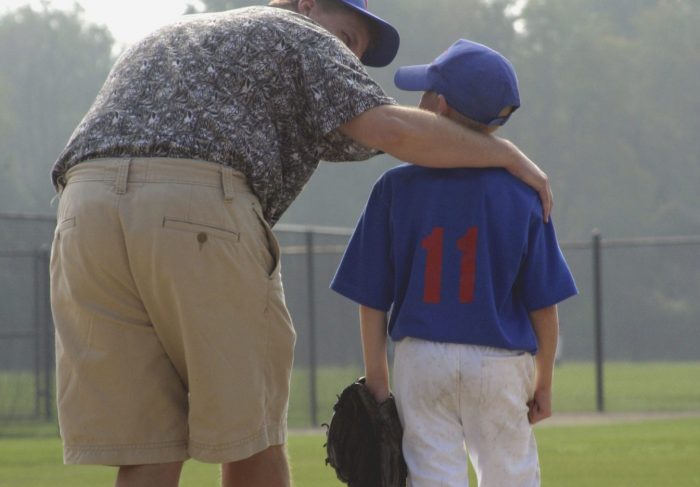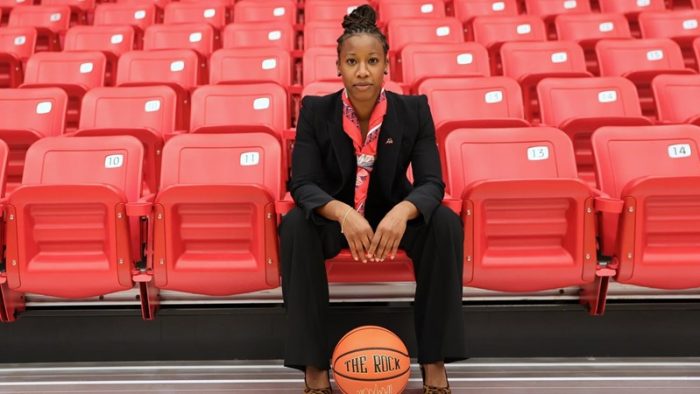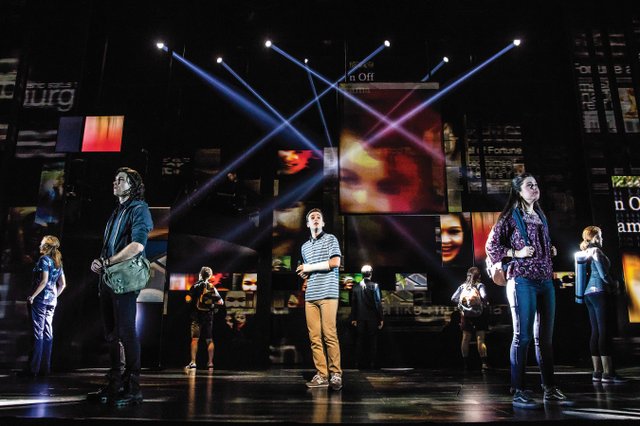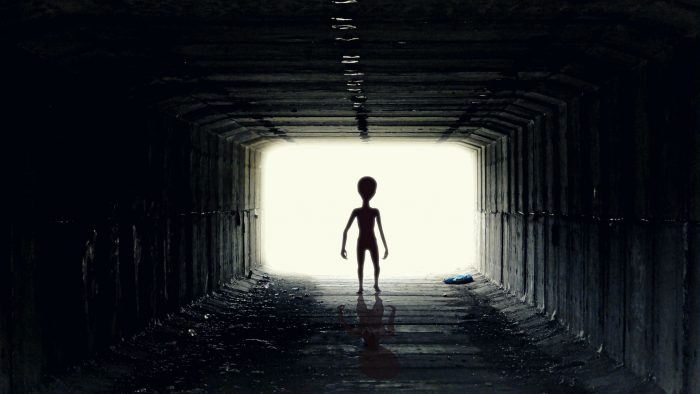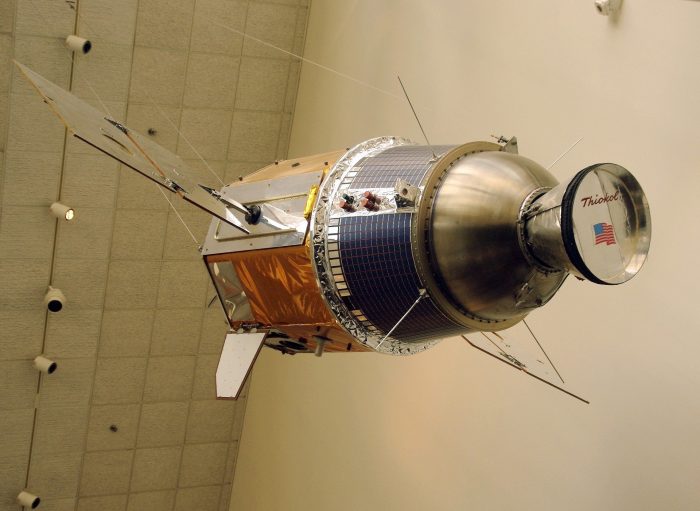By Daniel Dunaief

Welcome to the casino. Just by being alive today, you’ve all punched your ticket to the worldwide slot machine.
Now, the machines operate the way people expect, most of the time. They follow their programming, they make the loud noises as the three wheels inside of them spin and then show images on those three wheels.
The machine doesn’t cost anything to play. You don’t have to put in quarters or tokens or anything else. You just sit down and a machine starts spinning.
In fact, when you sit in one of our relatively unclean chairs, because we’re much more about playing the game than we are about cleanliness or safety, the process begins.
The chairs are close together, so you and your neighbor can compare notes on how you’re doing in this game, can share stories about your lives and can enjoy time out, away from the limitations of quarantine and all the other frustrations that you’ve had to endure for so long.
We do everything we can to discourage masks. We want you to be able to share the freedom that comes from seeing each other’s faces clearly.
And, if you should happen to need to use the bathroom, we don’t have any annoying signs about washing your hands. In fact, we don’t even recommend soap. What is the value of soap, after all? It’s probably some corporate scheme to boost profits somewhere.
We mean, come on, right? The cavemen didn’t have soap and they lived long enough to become fossils. That should be good enough for you, too, right? Before they died, they drew cool things on the wall, sharing stories that survived years after they did.
Now, we want to share a few details about our cool slot machines. You want to know a secret? We didn’t build these machines. We know, it’s hard to believe, but they just appeared one day, as if a stork or another kind of flying creature brought them. Well, not all of them. That’s the incredible thing. A few of them appeared and, after we started playing them, they copied themselves. The more we played them, the more they produced new copies.
Now, you might have heard that these machines can be bad for you. But, hey, so many other things are bad for you, too, and you still do them, right? You have a little too much to eat or drink now and then, and you maybe put a recycling bottle in the wrong trash can, but who pays attention to those things?
Anyway, so, these original machines built themselves the same way, most of the time. Each time a new machine appeared, they worked the same way, with images flying across the screen.
Every so often, when the machines made enough copies of themselves, they changed slightly. We’re not exactly sure why or how that happened, but it’s perfectly normal, we think.
The newest versions of these machines spin at a faster rate and also copy themselves more rapidly. One of them, which is now the most common type, has a big D on its side. That’s the dominant machine.
Actually, at this point, we’d kind of prefer people stop playing the game. You see, each time you play the game, not only does that D version copy itself, but our people are telling us that we run the risk of creating other types of the machine that might have worse features.
But, wait, how can you stop playing? What can keep you out of a casino that’s everywhere? Well, there’s a special thing you can get at any local drug store that someone puts in your arm. After you get it, you become almost invisible to the machine. That may be the best way to get away from these monsters.


